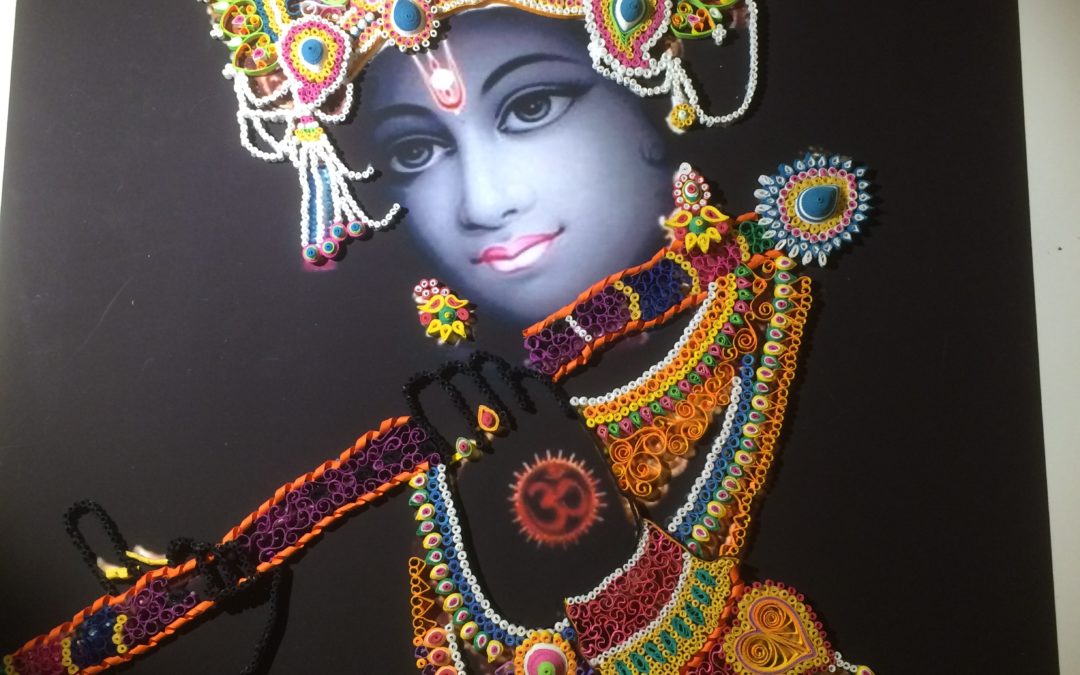The Bhagavad Gītā teaches equanimity, samatā (2.48). Equanimity or samatā is a state when you do not get elated when happy, and you do not get dejected when sad. The equanimity spoken of in BG 2.48, siddhyasiddhyoḥ samo bhūtvā—remaining equanimous in success and failure, is just a beginning of the self-mastery discipline (yoga); it culminates in developing a vision and wisdom of oneness (samadarśinaḥ BG 5.18). Such as person is spoken of as firmly established in the yoga, yogayuktātmā (6.29) —īkṣate sarvatra samadarśanaḥ–established in the unity or oneness of all existence, such an integrated person (yogi) sees all and everything with even-mindedness, īkṣate sarvatra samadarśanaḥ. The Gītā extols such a yogi as the highest of all:
ātmaupamyena sarvatra samaṃ paśyati yorjuna |
sukhaṃ vā yadi vā duḥkhaṃ sa yogī paramo mataḥ || 6.32
O! Arjuna, one who looks on all as one, on the analogy of his own body, and looks upon the joy and sorrow of all equally, such a yogi is deemed to be the highest of all in my estimation.
Sri Krishna hands over all the keys to the spiritual kingdom to Arjuna stating that he who sees the one Universal Self present in all beings—the Self existing in all beings and all beings in the Self—such as person is never lost to Me, nor am I ever lost to him (BG 29-30).
Finally, the Gītā equates a person who has developed such sama-buddhi, whose sees all things as equal, with the one who is established in the Absolute or the Eternal. How so? The Absolute (Brahman) is also untainted and is same to all; thus, even here is the mortal plane conquered by those whose mind is established in the vision of Oneness. No higher state can be thought of in the estimation of the Gītā than a person who has attained such a vision of samatā, equanimity.
Swami Ramsukhdasji used to say that one should strive for samatā, by whatever discipline, be it the karmayoga, bhaktiyoga or jñānayoga. For, if a state of samatā is not reached, all spiritual sādhanā is futile.


Recent Comments